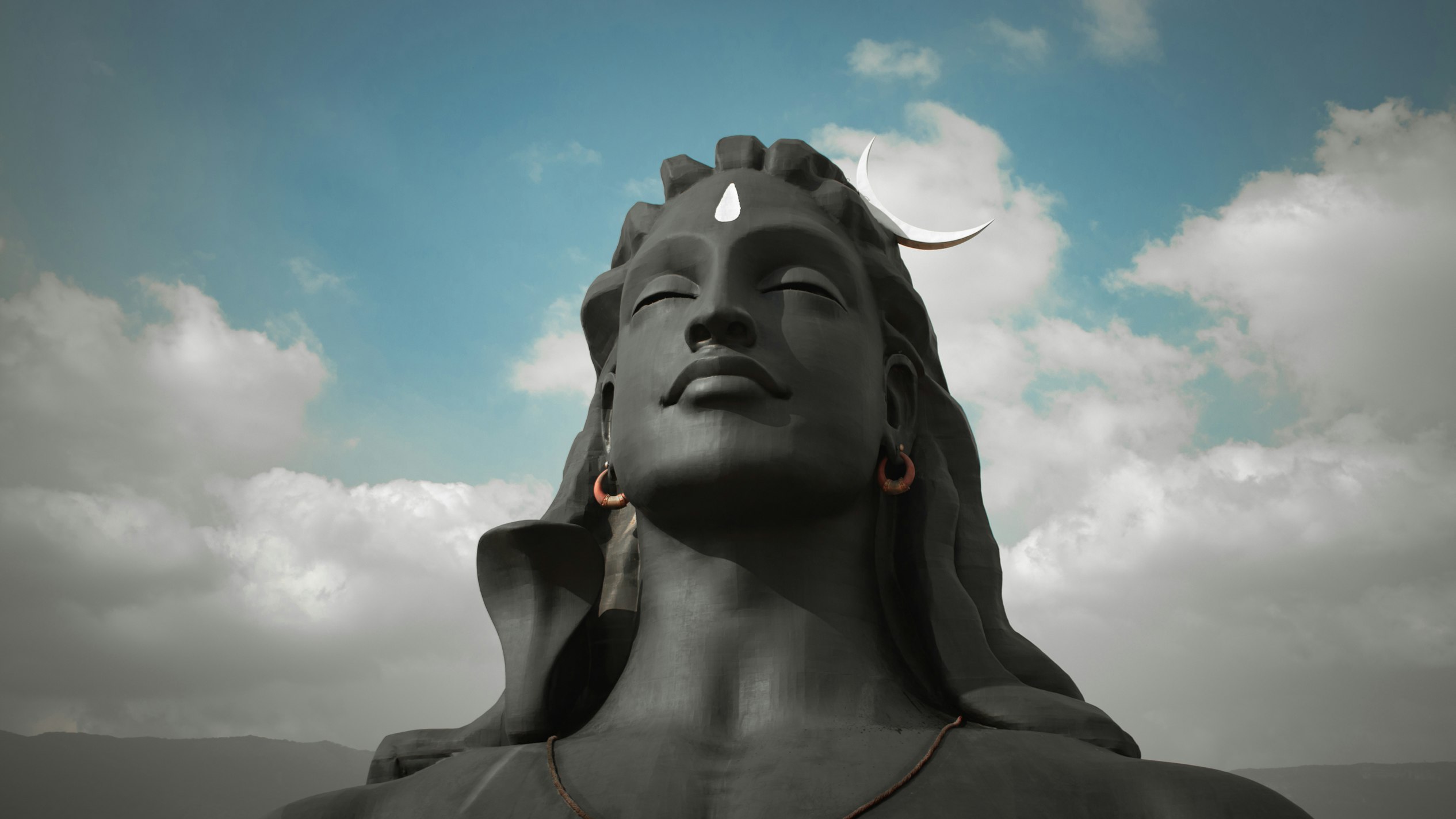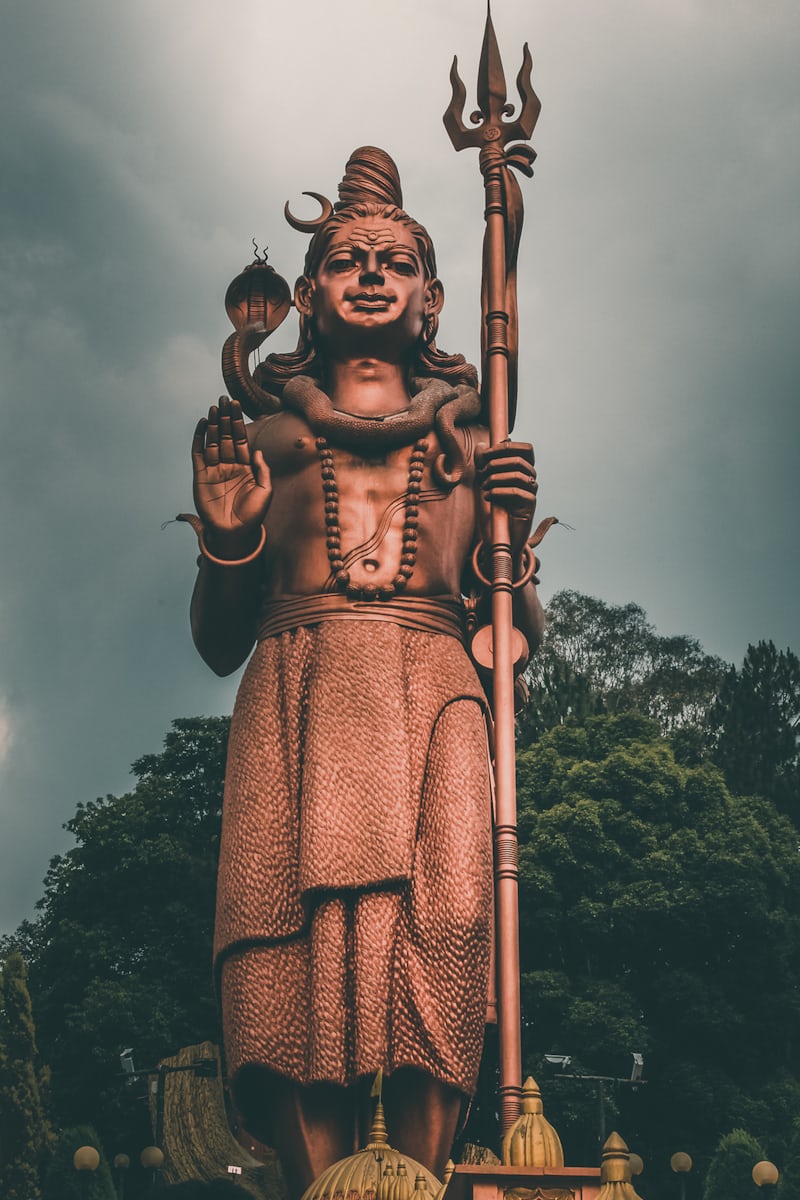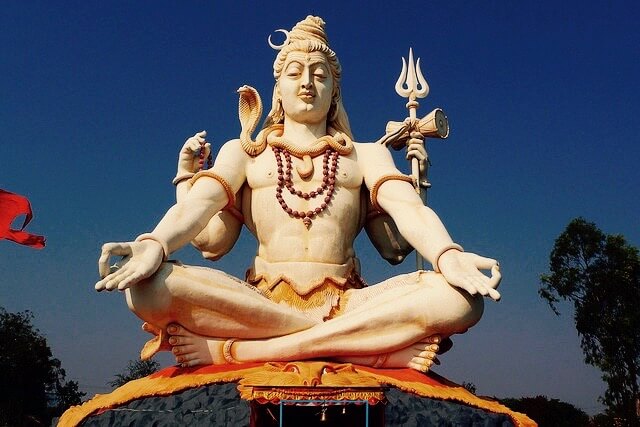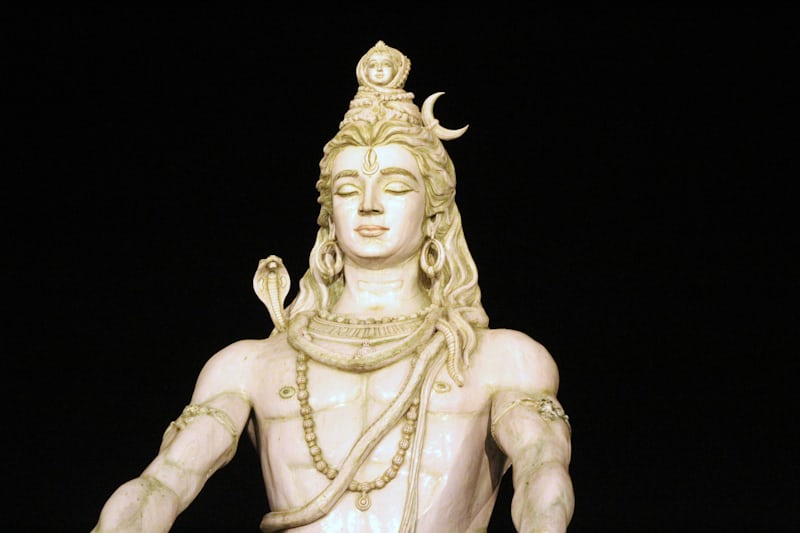(Divine figure of Shiva)
Introduction
The divine figure of Shiva holds immense significance in Hindu mythology and spirituality. Shiva, often depicted as the destroyer and transformer, is revered as one of the principal deities in Hinduism. The artistic representation of Shiva in the form of statues and sculptures not only captivates the eye but also conveys deep spiritual meanings. In this article, we will delve into the world of Shiva statues, exploring their symbolism, importance, and various aspects such as size, material, and customization options.
Understanding Shiva: A Brief Overview

Before we embark on our exploration of Shiva statues, let’s take a moment to understand the essence of Shiva himself. In Hindu mythology, Shiva is regarded as the supreme being who encompasses both creation and destruction. He is the embodiment of time, power, and cosmic balance. Devotees worship Shiva as the ultimate source of knowledge, enlightenment, and spiritual liberation.
The Spiritual Significance of Shiva
Shiva’s significance in the spiritual realm goes beyond his portrayal as a deity. The name “Shiva” itself means “auspicious one,” and his various attributes and forms symbolize profound concepts and philosophies. As the destroyer, Shiva paves the way for new beginnings and transformation. His association with meditation, asceticism, and yogic practices reflects the path to self-realization and enlightenment.
Shiva as the Destroyer and Transformer
Shiva’s role as the destroyer is not synonymous with mere annihilation. It represents the cyclical nature of existence, where the old must make way for the new. Destruction, in this context, is viewed as a necessary process for rejuvenation and renewal. Shiva’s transformative power enables spiritual seekers to transcend limitations and embrace change for personal growth.
Shiva’s Role in Hindu Mythology and Philosophy
Shiva’s depiction in Hindu mythology is multifaceted, with countless stories and narratives that showcase his divine attributes. Whether it’s his cosmic dance of creation and destruction, his role as the husband of Parvati and father of Ganesha, or his association with Mount Kailash, the abode of the gods, Shiva’s divine presence is felt throughout Hindu religious texts and folklore.
Shiva Statue: Symbolism and Importance
The creation of statues and sculptures is a form of artistic expression that allows devotees to visually connect with their chosen deities. Shiva statues hold immense symbolism and play a crucial role in Hindu rituals, meditation, and spiritual practices. Let’s explore the different aspects related to Shiva statues, including the choice of materials, size considerations, and the spiritual significance they hold.
Depicting Shiva in Artistic Form
Artists and sculptors have long been inspired to represent the divine qualities of Shiva through their craft. The artistic portrayal of Shiva often includes key elements such as the third eye, the crescent moon on his head, matted hair, and the serpents coiled around his neck. These visual cues serve as reminders of Shiva’s divine attributes and evoke a sense of reverence among devotees.
Material Choices for Shiva Statues
The choice of material for a Shiva statue significantly impacts its aesthetic appeal, durability, and spiritual significance. Some of the commonly used materials for Shiva statues include marble, stone, metal alloys, and wood. Each material possesses unique qualities that contribute to the overall beauty and longevity of the statue.
Size and Dimensions of Shiva Statues
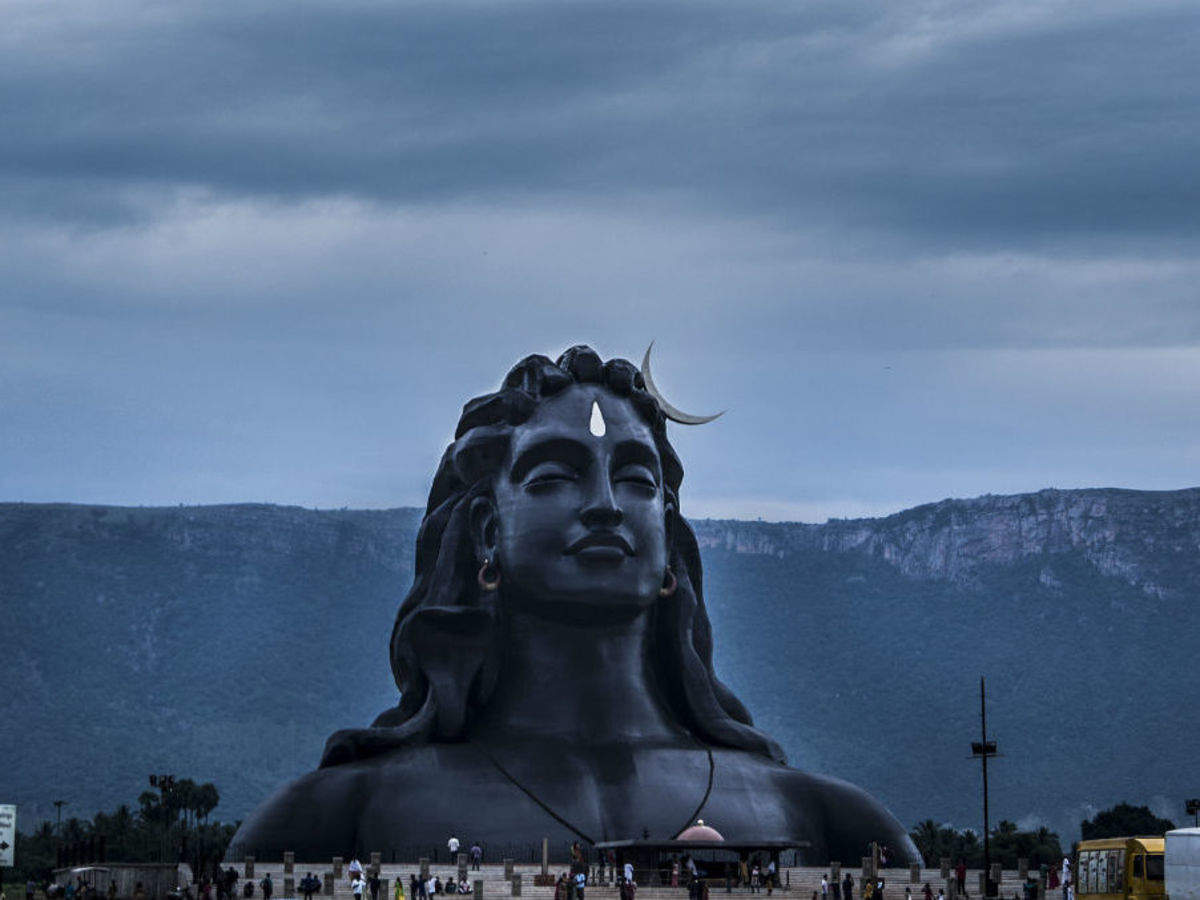
The size and dimensions of a Shiva statue can vary significantly based on individual preferences and the intended purpose of the statue. From small handheld idols to monumental sculptures, Shiva statues are available in a wide range of sizes. Factors such as the available space, the intended location, and the desired visual impact influence the choice of size for a Shiva statue.
Characteristics of Marble Statues
Marble, known for its lustrous appearance and smooth texture, lends an air of grace and elegance to Shiva statues. The translucency of marble allows light to pass through, giving the statue a radiant glow. The natural variations in color and veining patterns add uniqueness to each piece, making it a cherished possession for devotees and collectors alike.
Craftsmanship and Detailing
The creation of marble statues requires skilled artisans who meticulously carve and shape the stone to bring the divine form of Shiva to life. From the delicate facial features to the intricate ornaments and accessories, every detail is carefully crafted to capture the essence of grace and serenity associated with Shiva.
Popular Designs and Variations
Marble statues of Shiva come in a variety of designs and poses, each representing a different aspect of the deity. Some popular designs include Lord Shiva in a meditative pose (Dhyana Mudra), Shiva as Nataraja performing the cosmic dance (Tandava), or Shiva as Ardhanarishvara, embodying the union of masculine and feminine energies. These statues serve as focal points for prayer, meditation, and spiritual contemplation.
Large Statue of Shiva: Majestic and Impactful
For those seeking to create a grand devotional space or make a powerful statement, large statues of Shiva are an ideal choice. These majestic sculptures not only command attention but also exude a sense of awe and reverence. Let’s explore the characteristics of large Shiva statues and considerations for their installation.
Creating a Grand Presence
Large statues of Shiva have a commanding presence that draws the eye and captures the imagination. Their imposing size allows devotees to experience a profound sense of connection and spirituality. Whether placed in temples, meditation halls, or outdoor settings, large Shiva statues serve as focal points for devotion and contemplation.
Installation Considerations
Installing a large Shiva statue requires careful planning and consideration. Factors such as the structural stability of the installation site, proper support systems, and ensuring adherence to safety guidelines are crucial. Engaging professional sculptors, architects, and engineers can help ensure a successful installation that preserves the integrity of the statue and ensures its longevity.
Examples of Famous Large Shiva Statues
Throughout the world, several magnificent large Shiva statues have become iconic symbols of devotion and cultural heritage. One such example is the statue of Lord Shiva at the Murudeshwara Temple in Karnataka, India. This towering statue, standing at over 120 feet, overlooks the Arabian Sea and attracts devotees and tourists alike. The presence of such awe-inspiring statues serves as a source of inspiration and spiritual upliftment.
(Lord Shiva at the Murudeshwara Temple)
Customized Stone Statue of Shiva: Personalized Devotion
While standard designs and sizes of Shiva statues are widely available, the option to customize a stone statue of Shiva adds a unique touch of personal devotion. Customization allows devotees to express their specific spiritual aspirations and create a statue that resonates with their individual journey. Let’s explore the art of customization, the significance of personalized statues, and the choice of stones for these creations
The Art of Customization
Customizing a stone statue of Shiva involves working closely with skilled craftsmen to bring your vision to life. The process begins with conceptualizing the design, selecting the pose, and discussing specific details such as facial expressions, accessories, and adornments. The craftsmen then utilize their expertise to translate these ideas into a tangible work of art.
Significance of Personalized Statues
A personalized statue of shiva at cern holds deep personal significance for the devotee. It becomes a physical embodiment of their devotion, aspirations, and spiritual journey. Customized statues offer a unique opportunity for devotees to connect with Shiva in a deeply personal way, fostering a sense of intimacy and spiritual fulfillment.
Choosing the Right Stone for Customized Shiva Statues
When it comes to customizing a stone statue of Shiva, the choice of stone plays a vital role in the overall aesthetic appeal and symbolic significance. Different stones possess unique qualities and energies that align with specific aspects of Shiva’s divine nature. For example, granite statues represent strength and durability, while sandstone statues exude warmth and earthy charm.
Bronze Sculpture of Shiva: Exquisite Craftsmanship
Bronze sculptures have long been celebrated for their artistic beauty and intricate craftsmanship. Bronze statues of Shiva capture the essence of divinity in a unique way, combining aesthetic appeal with symbolic representation. Let’s explore the legacy of bronze sculptures, the technique and process involved, and the symbolism and aesthetics associated with bronze Shiva statues.
Legacy of Bronze Sculptures
Bronze sculptures have a rich historical legacy that dates back centuries. The art of bronze casting originated in ancient civilizations and has been perfected over time. Bronze statues of Shiva showcase the mastery of craftsmen in portraying the divine form, with their intricate detailing and lifelike expressions.
Technique and Process
Creating a bronze sculpture of shiva involves a complex and meticulous process. It begins with sculpting the desired form in clay or wax, followed by the creation of a mold. Molten bronze is then poured into the mold, allowing it to solidify and take shape. The final step involves refining the sculpture, adding intricate details, and applying patina to enhance the visual appeal.
Symbolism and Aesthetics
Bronze sculptures of Shiva capture the nuances of divine symbolism and aesthetics. The intricate details, such as the multiple arms, third eye, and various attributes, depict the divine qualities associated with Shiva. The bronze medium adds a warm and timeless allure to these statues, evoking a sense of reverence and devotion.
Post time: Aug-07-2023

